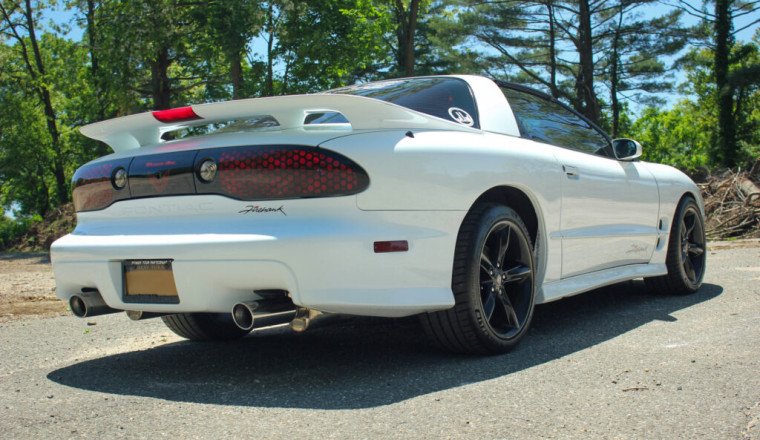
In 1987, former super stock drag racer and performance parts entrepreneur Ed Hamburger formed Street Legal Performance (SLP). Hamburger wanted to apply his wealth of hot-rodding expertise to production-based American performance cars, namely GM’s hot trio, the Corvette, Camaro, and Firebird. The name “Street Legal” wasn’t just catchy and cool; it was literal. All of the high-performance parts would meet or surpass OEM standards for quality and comply with government emissions mandates.
In 1992, SLP launched the first of its Firehawks, based on the final third-generation Firebird Formula. The initial offering was aimed at hardcore enthusiasts and raised the performance of Pontiac’s pony car to supercar levels. By the mid-1990s, SLP was synonymous with Pontiac’s “Ram Air” revival and the most desirable cars in the fourth-gen V-8 Firebird family. This reputation continued to the end of the run in 2002, and today, enthusiasts remember the Firehawk Formulas and Trans Ams as some of the most special and formidable Firebirds ever.
Two decades before Ed Hamburger started SLP, Carlos Martins and his family emigrated from Portugal to chase the American dream. When he got to America as a sixteen-year-old, Martins says, he initially just wanted a bicycle. But after three years of bending metal at an iron works company (he may have told a white lie about his age), Martins had saved enough money to buy a brand-spanking-new 1969 Pontiac GTO. The car sparked Martins’ love affair with the cars from GM’s “Excitement Division,” a love affair that continued for decades.
Ten years later, Martins opened his first business, a beauty supply kiosk at the Aqueduct flea market in Queens, New York. He had parted ways with his GTO and was ready for another new Pontiac. The all-American, 1979 Trans Am caught his eye: Specifically, one of the cars with the last of the Pontiac-built 400-cube motors paired with a four-speed manual transmission. He ordered a 1979, 400-powered Trans Am in white with a custom black vinyl interior. He drove the car daily, and it got a lot of attention outside his shop. “Nice colognes,” people would say. “How much for the car?” Martins never sold his Trans Am.
By 1989, the little booth at the flea market had expanded into two cosmetic-supply stores. Martins likes to drive each of his cars for about 10 years before he pursues another, and the time was right for another Trans Am. Of course, he didn’t want a regular Trans Am—he wanted the 20th Anniversary Turbo model. “Back then,” Martins says, “that car was all the buzz.” For good reason, too: It was powered by the same turbo V-6 motor as the legendary Buick Grand National and served as the official pace car for the 1989 Indianapolis 500. Martins’ car is one of 1550 examples built for 1989, and he owns it still.
From 1998 to 2002, Pontiac’s Firebird Formula and Trans Am were flying their last flight through automotive history, powered by the Gen III LS1 V-8*. After seeing production resume for the refreshed fourth-gen ‘Birds, Martins knew he had to have one. (By now, it was his tradition!) Like his ’79 and ’89 models, he wanted his Trans Am in white and only with the new Borg Warner six-speed manual (his ’89 Turbo TA had an automatic, but only because Pontiac didn’t offer the car with a manual). Martins went to Roslyn Pontiac, in Roslyn, New York, to order a WS6 Ram Air Trans Am. To his dismay, the salesman told him that no more six-speed cars were available. However, the salesman knew another way to get Martins his manual-transmission Trans Am: Check off RPO code WU6, which would designate a Firehawk tuned by SLP, which had received an allotment of six-speed cars. Intrigued by the exclusivity, Martins triumphantly placed his order.
As an aside, there were no Firehawks offered for the 1998 model year—development of the package for the new bodywork and the LS1 powertrain took longer than expected. The first LS1-powered Firehawks were 1999 models, adding yet more anticipation for Martins.
After a two-month wait, Martins took delivery of his beautiful, 1999 SLP Firehawk Trans Am in Arctic White with a Pewter interior. For 1999, the standard Firehawk package included:
Martins added the optional, Auburn High Torque Differential/aluminum diff cover and chose silver-painted, rather than chrome, wheels. His Firehawk is rare indeed: It is one of only eight ’99 Firehawks in Arctic White/Pewter with the six-speed. To put that figure in context, total Firehawk production for 1999 was 106 Formulas and 613 Trans Ams.
Needless to say, Martins loved his third brand-new ‘Bird. Once again, he used it as his daily driver, loving its combination of high performance, style, and comfort. After a few years, however, he yearned for more power—a lot more power. He inquired about SLP’s engine and performance packages, and the shop was more than happy to oblige.
When Martins brought his Firehawk to SLP’s headquarters in New Jersey, its first step was to remove and store the factory mill. The installation process took thirty days to complete and the modifications were extensive. They included:
Engine, Intake, Exhaust:
Driveline:
Chassis and Suspension:
Martins knew that with the additional power, he needed better brakes, so he installed Brembo six-piston front calipers and drilled rotors front and rear. Unfortunately, only after the install did he realize the stock 17-inch wheels would not fit over the new brake package. So, on went a set of 18-inch black-painted, five-spoke wheels from ROH.
It wasn’t long before Martins put his fierce Firehawk through its paces. This time, the car served as more than his daily driver. He took it on six Hot Rod Power Tours between 2003 and 2008. Martins drove all over the southern U.S., going as far west as Texas. Martins says the road trips were great, but they definitely took a toll on the car. The motor was stressed out from the thousands of hard miles and by 2008 was showing the signs, including cracked cylinder heads.
Martins was ready for another change. Because the Firebird had been canceled in 2002, which meant no more new Trans Ams, he decided to rework his Firehawk.
Early in 2009, Martins had a need for speed and a craving for even more power. He had heard about a new crate engine offered by Mast Motorsports in Texas–the LSX 454 SS—and decided to go where few had gone before, especially with a ’99 Firehawk. The specs of the hand-built monster motor he ordered are below:
In less than three weeks, the hand-built mill arrived at Artie’s Auto Repair in Westbury, New Jersey. First, the shop removed the exhaust and yanked out the broken LS6 and the tired, stock T-56 transmission. Then, a new UMI front subframe/K-member was installed to support the iron block. Completing the powertrain, the new motor was married to a beefier T-56 unit. The SLP aluminum driveshaft and Moser rear end remained, but the 4.11:1 gears were replaced by a 3.73:1 set.
Once everything was buttoned up, Martins drove his exhaust-less Firehawk down the parkway to Kooks Headers, then still on Long Island. A Firehawk Trans Am with a 454-cubic-inch motor was definitely new and rare, but Kooks did what it did best—fabricate a full, custom, 3-inch stainless-steel exhaust system with long-tube headers, resonators, and vertically mounted mufflers, barking out of cannon-like, 20mm tail pipes.
Martins also installed a line lock for better holeshots at the drag strip and a set of A-pillar gauges to monitor the vitals of his Firehawk.
Martins cruised his 454-powered Firehawk in four more Hot Rod Power Tours (2009–2012) and it remained his daily driver until 2013, racking up 60,000 miles since new. He now uses it very sparingly. The Firehawk is the only car that Martins has ever modified, and other than a full detail and tune-up, he has no plans to change the current setup. And of course, he will never sell his American dream machine.
I would revise that air filter setup, they look squished and a little weird split like that. Beyond that the car looks good.







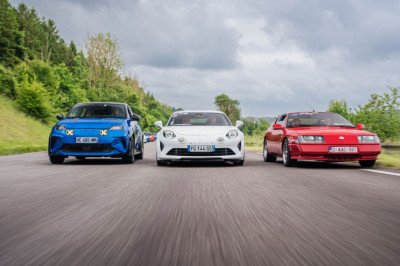



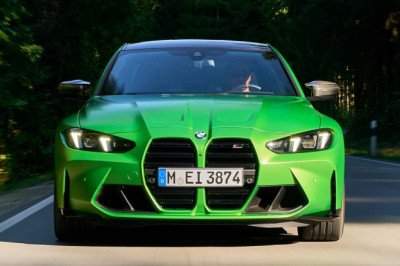

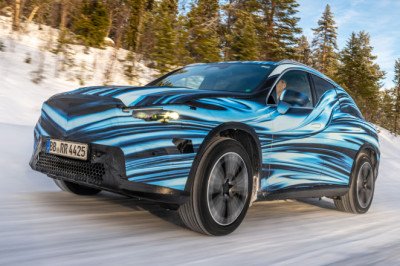
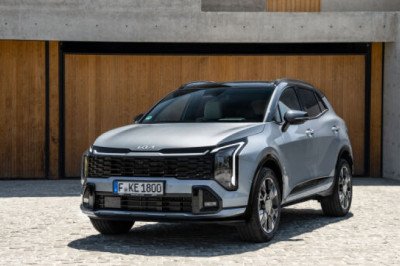
Facebook Conversations